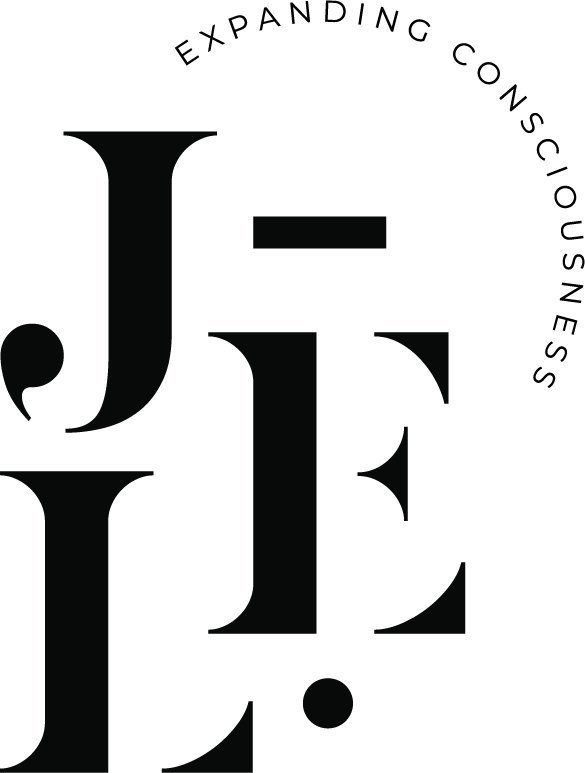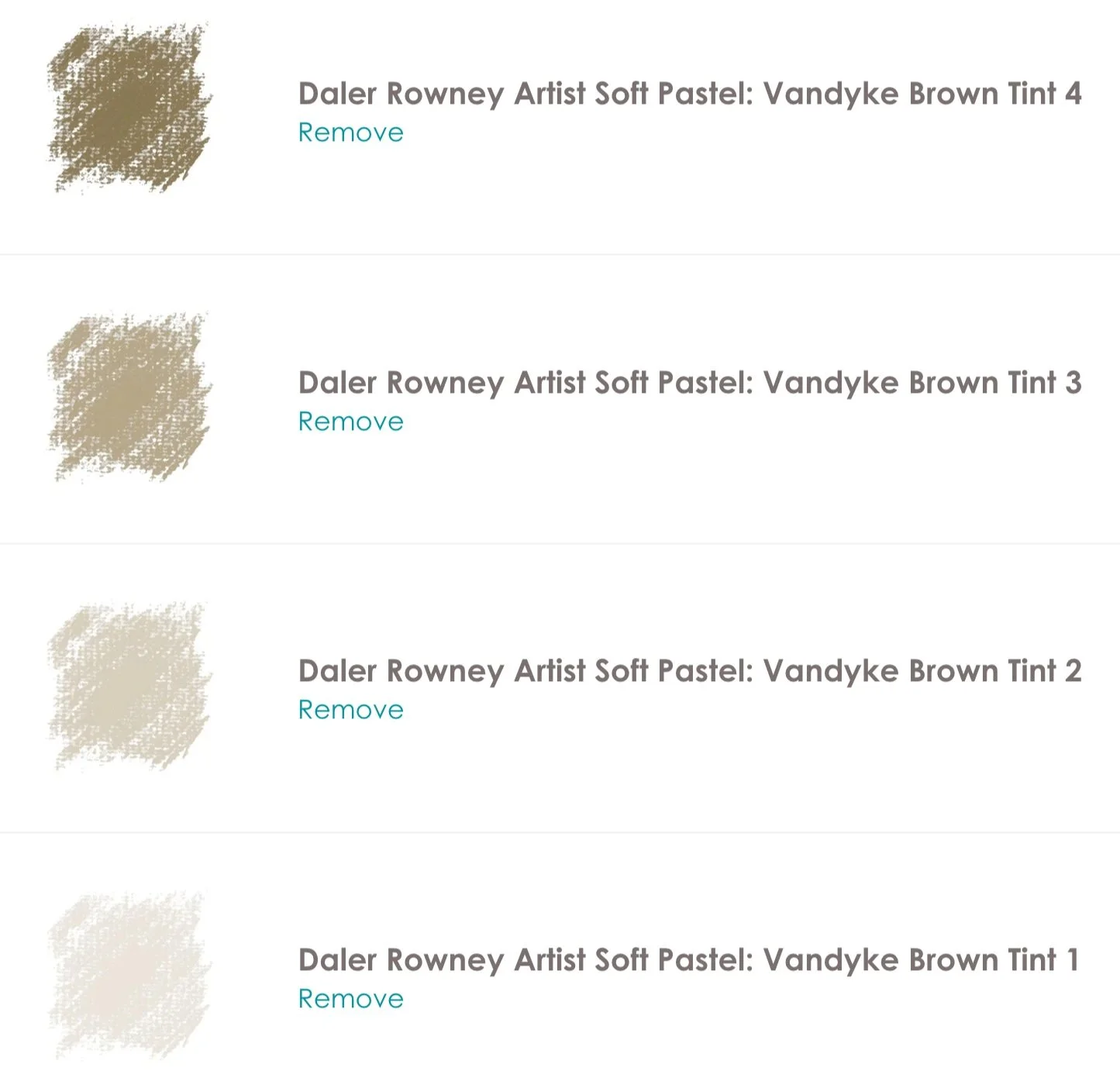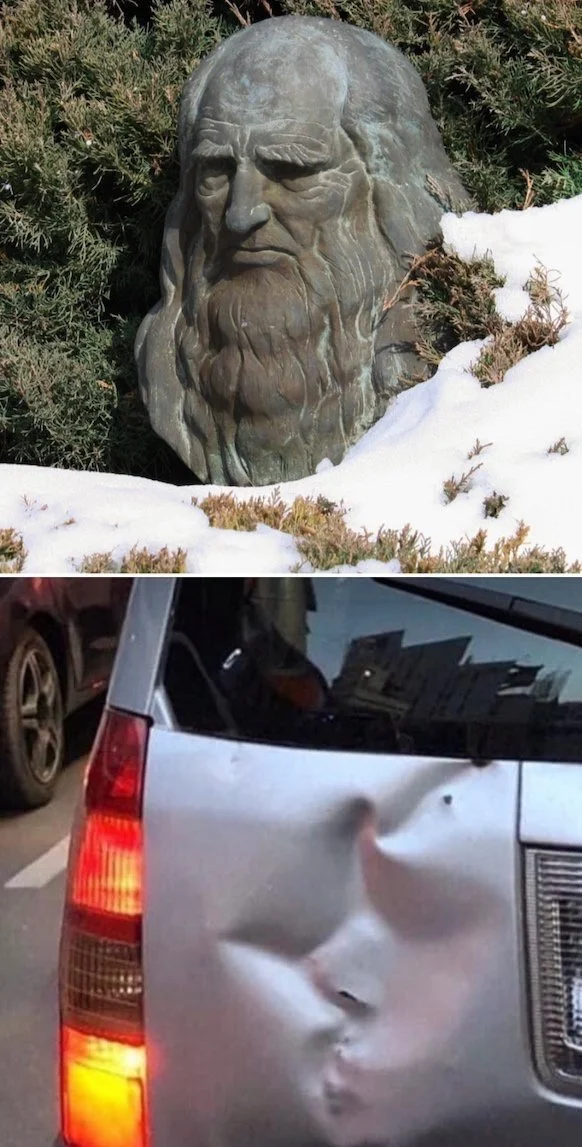Module eight Part 2 - Drawing what you can’t see
Objectives
Choose your colours
interpret the pablo picasso quote
understand the influence of Pareidolia on psychic art
acknowledge you can actually draw things you cannot see with your eyes
know the difference between automatic or inspirational drawing
understand the essence of how to make spirit portraiture work
remember to make notes on how you feel about your progress, what was helpful or not so helpful.
soft pastels
Choose your colours
click here to visit my shop for links to recommendations of art material that I use for spirit portraits. The supplier I use is cost effective.
what did picasso mean?
“Some painters transform the sun into a yellow spot, others transform a yellow spot into the sun.”
It’s all about energy
Connecting through Heart and Soul
Perception operates on a subtle level, allowing us to discern whether an artist is infusing their art with heartfelt energy or simply creating something logically "correct." Pablo Picasso nails this idea in his quote above.
Also when someone delivers a flawless musical performance, we can applaud and acknowledge their skill. However, when someone sings with the energy emanating from their heart and soul, it elicits an emotional response in the listener, possibly even moving them to tears.
This heart energy holds great significance when drawing spirit portraits. Remember, it's not solely about how the portrait looks; it's the way it feels that establishes the connection. This is what distinguishes human art from AI (at the time of writing this; who knows if AI can become emotional in time).
drawing the unseen
Exploring Spirit Portraits
The concept of drawing without directly observing the subject was initially introduced in Module Four, Part 3 - Drawing The Unseen. In that module, you were encouraged to draw the energy associated with various tastes, smells, textures, and even sounds. This exercise aimed to familiarise you with the idea of drawing things that are not visible before attempting to draw faces.
When drawing spirit portraits, it is crucial to remain open and allow a face to emerge naturally. Explore what you have spontaneously drawn, rather than attempting to reproduce any flat screen visions of faces that may appear in your mindseye. Enhance the features you discover within the skrying process.
The accompanying photo depicts a student's skrying session, where they awaited a face to manifest before outlining any specific features. Take a moment to observe the image and notice how many potential faces you can perceive.
It is worth mentioning that pareidolia, meaning Mirage in Greek, is our innate tendency to interpret random images or patterns of light and shadow as faces, and it can sometimes influence our perception. This natural ability allows us to utilise this technique to identify spirit faces.
Pareidolia as an artistic tool
Insights from Leonardo da Vinci
In his notebooks, the renowned artist Leonardo da Vinci documented a fascinating observation known today as pareidolia—a phenomenon that he referred to as a "device for painters."
Da Vinci wrote, "If you look at any walls spotted with various stains or with a mixture of different kinds of stones, if you are about to invent some scene, you will be able to see in it a resemblance to various different landscapes adorned with mountains, rivers, rocks, trees, plains, wide valleys, and various groups of hills. You will also be able to see diverse combats and figures in quick movement, and strange expressions of faces, and outlandish costumes, and an infinite number of things which you can then reduce into separate and well-conceived forms."
His words highlight the creative potential of pareidolia, encouraging artists to find inspiration in the random patterns and shapes they encounter. By perceiving familiar elements within these occurrences, artists can transform them into distinct and well-executed artistic representations.
Drawing on da Vinci's insights, we can appreciate pareidolia as a valuable tool in being able to create spirit portraits.
A 2 cars ‘kiss’ can even look like faces when you know how to see —->
develop trust as you Draw the unseen
using allowing and exploring
When drawing spirit portraiture, it is good to cultivate trust in the process of drawing, allowing the energy to guide you rather than trying to draw any pre-perceived image. Instead, focus on feeling into the energy of the subject, prioritising its essence over appearance. Trust that spirit has received your intention and is projecting their image, urging you to depict them based on their own recollection of their earthly form.
Consciously accept you don’t know what they looked like, even though this may seem obvious. This acceptance removes any desire to ‘guess’!
Clients frequently share with me how they can sense or feel a connection to their loved ones through my portraits. This connection proves to be as significant to them as the portrait itself. The feeling of familiarity overcomes any initial anxiety they may have felt about attempting to connect. It's important to remember that while people may forget what you say, they will long remember the emotions experienced during an encounter. Feelings hold immense significance.
This holds true for both spirit portraits drawn on paper with pastels and more recently, digital images created on an iPad. Adapting to technology is essential in a world where online meetings have become a vital means of communication. Embracing digital tools enables us to connect with a wider audience and serve individuals seeking to forge a connection with spirit through innovative mediums.
gaining accuracy
Next time you draw, wait until you feel the energy of allowing, before you begin.
Then add details when you feel the energy of exploring overtake.
Become very familiar with how each energy feels. The energies are compatible but noticeably different.
Allowing has a right-brain intuitive feel.
Exploring has a left-brain logical feel.
Be aware of these energies as you draw. If exploring enters while you are in the allowing stage, pause your drawing and breathe through the left nostril, blocking the right nostril for nine breaths as mentioned in previous modules. Then draw again when you return to allowing the energy to guide your drawing.
Automatic or inspired,
which works best for spirit portraits?
Automatic
Automatic drawing technique is my preferred method for achieving more accurate sketches of the unseen faces of people in spirit. I use soft pastels that can smudge and move on the paper, allowing the energy to guide the drawing. Instead of attempting to draw something you can't objectively see, this approach taps into a deeper intuitive connection.
Moreover, this process serves as a portal for a spirit's energy to manifest in a physical form, impressing their image through the artist. It provides great comfort to those experiencing grief and mourning the loss of their loved ones. The resulting artwork becomes something tangible to cherish and offers validation as friends and family recognize the resemblance, affirming the possibility of life after death.
Inspired
Inspired drawing involves attempting to depict the images one sees in their mind's eye while in an altered state. Skilled artists may be able to accomplish this, but it typically requires more time and effort compared to automatic drawing. Additionally, it relies on the artist's ability to establish a genuine clairvoyant connection and then accurately draw what they have seen from memory.
However, when conducting face-to-face readings for clients, this approach is not as practical. In my experience, true clairvoyance is all-consuming and can hinder any concurrent activities. Moreover, it can make nervous clients uncomfortable to witness someone in such an altered state.
If you can already accomplish inspired drawing, using your own artistic skills, that’s great! I do suggest that you also give the automatic drawing a try and decide for yourself, which you prefer.
to see or not to see
Explore and experiment with both approaches—automatic drawing and inspired drawing—and choose the one that resonates best with you. Ultimately, the goal is to achieve tangible validation of your portraits. Find the method that allows you to connect deeply with the energy of spirit and receive tangible evidence or validation that strengthens your spiritual practice. It's a personal journey, and what works for one person may differ for another. Trust your intuition and choose the approach that brings you the most fulfillment along side tangible results.
pro tips for automatic drawing
In Module Five Part 2, you learned to use soft pastels for scribble skrying. Now, you can apply the same technique when drawing spirit portraits automatically. Utilising the side of the pastel allows for quick, uncontrolled drawing, enabling the spiritual energy to guide your hand.
Start by setting an intention to practice drawing individual features.
Draw multiple eyes on the same page, noses on a separate page, and mouths on another page. Don't feel the need to finish each drawing in one go.
Continuously switch between each feature, moving from one to another, to avoid becoming too attached to a particular drawing. Remember to first allow the energy to flow and then explore the details.
Watch the videos below to observe the technique in action. Adjust the slider controls to slow down the videos for a more detailed understanding.
By practicing these techniques, you will enhance your ability to draw spirit portraits automatically without the anxiety of wondering how to make the features more accurate.
cooperation
Once you have gained confidence in drawing individual features, progress to drawing the complete face using the skrying technique. Instead of outlining the face first, allow the energy to guide your hand from the centre outwards until you discover the shape of a face.
When drawing the features, focus on the areas where you are most likely to find the eyes, nose, and mouth. Begin with pale colors and use darker tones to outline the features as you continue, allowing them to become more and more visible. Finally, add details using black charcoal pencil for pupils and shadows, then white pencil for highlights.
During the drawing process, I always start without any preconceived plan or idea of what the face may look like. As I immerse myself in the drawing, I begin to sense the presence of the spirit connecting with me, which gives me an indication that someone is there. Typically, the initial impression reveals whether the spirit is male or female, and I communicate this as soon as I become aware of it. This becomes particularly helpful when I have someone assisting me with mediumship, as they can focus their energy on connecting with the same spirit that I am drawing. During this collaboration, the artist leads the medium to establish a connection with the particular spirit being depicted.









